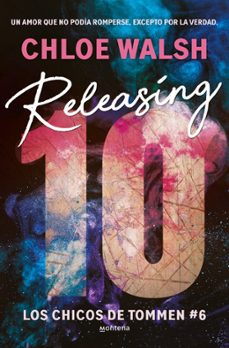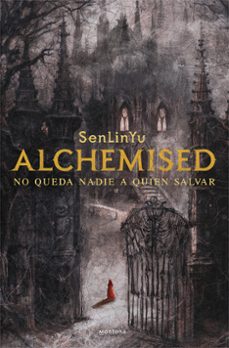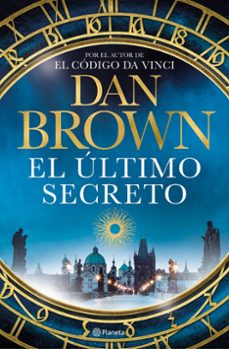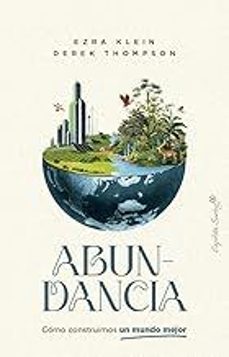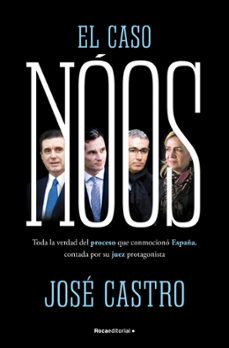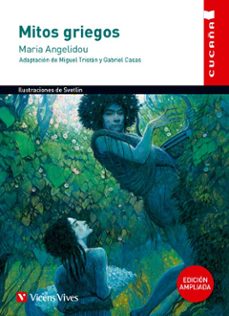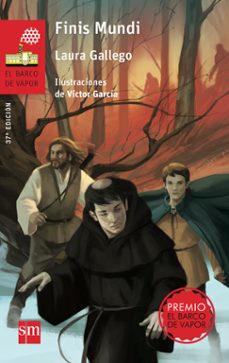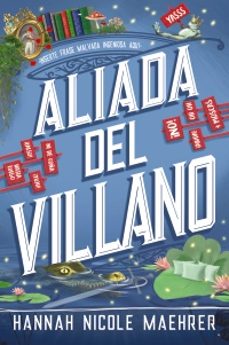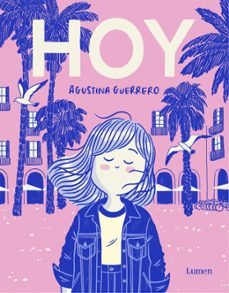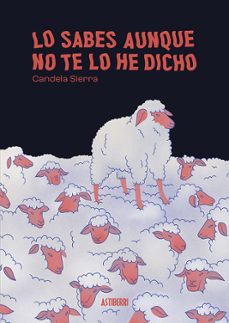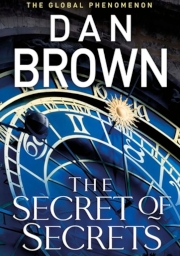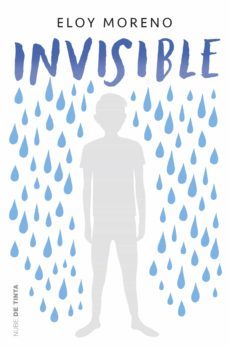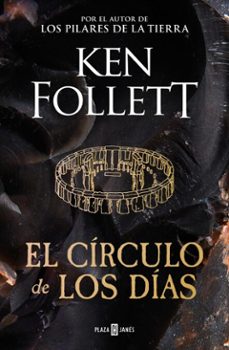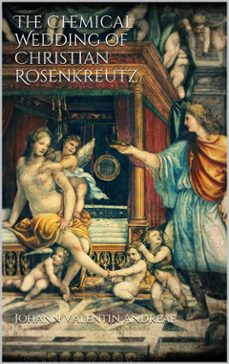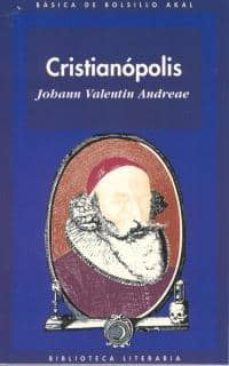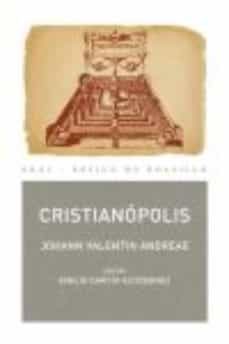Imprescindibles
Ficción
No Ficción
Ciencias y tecnología BiologíaCienciasCiencias naturalesDivulgación científicaInformáticaIngenieríaMatemáticasMedicinaSalud y dietas Filología BiblioteconomíaEstudios filológicosEstudios lingüísticosEstudios literariosHistoria y crítica de la Literatura
Humanidades Autoayuda y espiritualidadCiencias humanasDerechoEconomía y EmpresaPsicología y PedagogíaFilosofíaSociología Historia ArqueologíaBiografíasHistoria de EspañaHistoria UniversalHistoria por países
Infantil
Juvenil
Cómic y manga
Novela gráfica Novela gráfica americanaNovela gráfica europeaNovela gráfica de otros países Personajes, series y sagas Series y sagasStar Wars Superhéroes Cómics DCCómics MarvelCómics otros superhéroesCómics Valiant
eBooks
Literatura ContemporáneaNarrativa fantásticaNovela de ciencia ficciónNovela de terrorNovela históricaNovela negraNovela romántica y erótica Juvenil Más de 13 añosMás de 15 años Infantil eBooks infantiles
Humanidades Autoayuda y espiritualidadCiencias humanasEconomía y EmpresaPsicología y PedagogíaFilosofía Historia Historia de EspañaHistoria Universal Arte CineMúsicaHistoria del arte
Ciencia y tecnología Ciencias naturalesDivulgación científicaMedicinaSalud y dietas Filología Estudios lingüísticosEstudios literariosHistoria y crítica de la Literatura Estilo de vida CocinaGuías de viajeOcio y deportes
Johann Valentin Andreae
Recibe novedades de JOHANN VALENTIN ANDREAE directamente en tu email
Filtros
Del 1 al 3 de 3
AUTOR-EDITOR 9788892553415
On an evening before Easter Day, I sat at a table, and having in my humble prayer sufficiently conversed with my Creator, and considered many great mysteries and being now ready to prepare in my heart, together with my dear Paschal Lamb, a small, unleavened, undefiled cake; all of a sudden arose so horrible a tempest, that I imagined no other but that through its mighty force, the hill on which my little house was founded would fly into pieces.But inasmuch as this, and the like from the Devil (who had done me many a spite) was no new thing to me, I took courage, and persisted in my meditation, till somebody in an unusual manner touched me on the back; whereupon I was so hugely terrified, that I dared hardly look about me; yet I showed myself as cheerful as (in such occurrences) human frailty would permit. Now the same thing still twitching me several times by the coat, I looked back, and behold it was a fair and glorious lady, whose garments were all sky-coloured, and curiously (like Heaven) bespangled with golden stars; in her right hand she bore a trumpet of beaten gold, on which a Name was engraved which I could well read but am as yet forbidden to reveal it. In her left hand she had a great bundle of letters of all languages, which she (as I afterwards understood) was to carry to all countries. She also had large and beautiful wings, full of eyes throughout, with which she could mount aloft, and fly swifter than any eagle.
Ver más
eBook
AKAL 9788446005810
Primera utopía redactada en el ámbito de la incipiente cultura protestante, de carácter masónico (Rosacruz) y cristiano reformista. Redactado en latín, es un texto completamente original que refleja con gran fidelidad las aspiraciones religiosas y sociales de la Reforma temprana.
Ver más
Tapa blanda
AKAL 9788446031499
Johann Valentin Andreae (1586-1654), pastor luterano humanista y polígrafo, es conocido principalmente por su vinculación con los Manifiestos Rosacruces, de los que es el autor casi con seguridad, y también, aunque mucho menos, por su obra Cristianópolis, un escrito utópico en que expone el programa para una genuina Fraternidad Rosacruz o sociedad cristiana. Esta utopía es la primera de cierta envergadura que se produce en el ámbito protestante y refleja con fidelidad las aspiraciones religiosas y sociales de la Reforma temprana, aspiraciones que habían sido formuladas de manera provisional y embrionaria en la Fama y la Confessio, los dos documentos fundacionales del movimiento rosacruz. En contra de lo que suele repetirse, Cristianópolis es una utopía completamente original, muy superior en su propio género tanto a La ciudad del Sol de Campanella, a la que no imita en absoluto, como a la Nueva Atlántida de Bacon, por la que más bien es imitada en algunos aspectos fundamentales. La traducción que aquí ofrecemos es la primera que se hace al castellano, directamente basada en el texto latino de la edición original de 1619.
Ver más
Tapa blanda
Del 1 al 3 de 3
